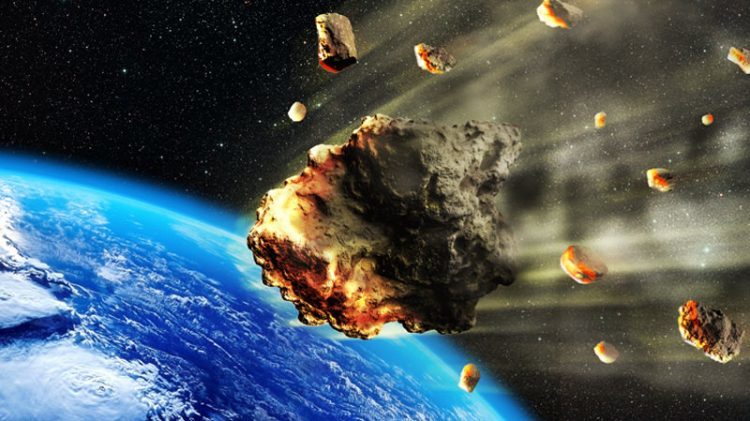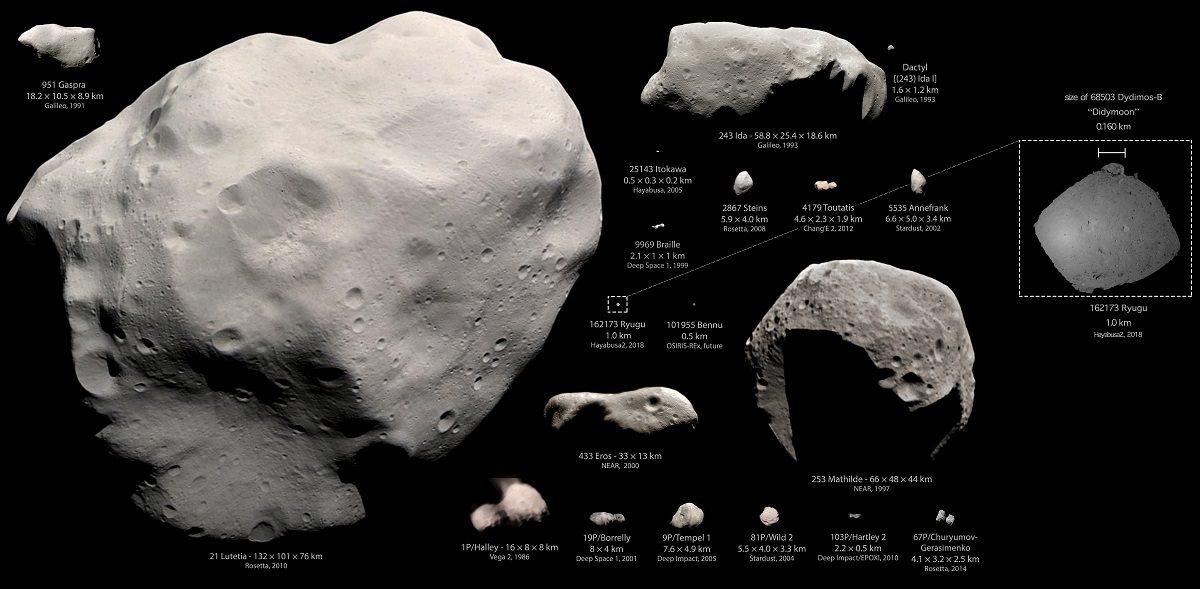
© News Bangla
You know what? We're going to spare you the "Armageddon" reference that we had planned and just jump straight to the lede on this one.
NASA has teamed up with the European Space Agency (ESA) to in what many are calling
the first planetary defense test: an attempt to alter the orbit of an asteroid. The
much-beleaguered Double Asteroid Redirection Test (DART), which we first
reported on in 2015, involves a visit to a double asteroid system consisting of the relatively tiny asteroid Didymos and its even tinier moon, informally called "Didymoon." Rather than bringing a nice bottle of wine and an asteroid rover, however, DART will be attempting to crash an impactor spacecraft into Didymoon to knock the asteroid out of orbit, assuming, of course, that Elon Musk's Tesla doesn't get there first.
Once the space rocks are sent hurtling out of control to become some other planet's problem, ESA's part of the project, dubbed
Hera, will follow-up with a visit to the Didymoon to survey the effects of the DART spacecraft's impact and assess the feasibility and efficacy of redirection.
EarthSky reports that the twin-didys of Didymos will be within astronomical spitting distance - seven million miles - from Earth at the time of the planned test in 2022.
Naturally, there's a little bit of anxiety involved here. One reason is that Didymos will be the smallest asteroid ever visited by a spacecraft. According to
NASA, the larger of the two bodies is approximately 800 meters long, while the intended target is a mere 160 meters: big enough to pose a serious threat to life as we know should it - or an object of similar size - strike Earth. To be clear: the Didymoon is roughly five times the size of the
Chelyabinsk meteor that rocked Russia in 2013.

© Planetary Society/ESA
You may note that the Didymos system as pictured above barely registers as more than a grain of sand compared to some of the moon making, Earth-shaking asteroids in space. That's because it is. If there's anything much bigger than that making its merry way to Earth, there's very little that NASA could do about it.
Deep impact trailer, Note with cooperation from Russia
[Link] And reality there is no Messiah.
I am reminded of the works of Victor Clube, and I am paraphrasing very, very loosely.
Cold war intentions are to mask comet realities, and those realities, are that the earth has been impacted by comet streams for thousands, if not millions of years during
Earth history, some with devastating consequences, some restarting the world clock of civilization
Will we see this in our lifetime......possibles are open ended.